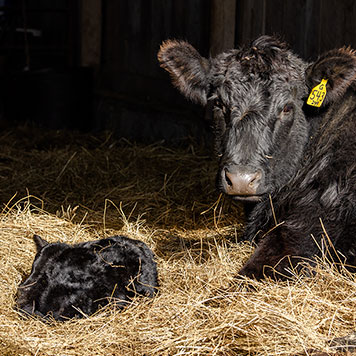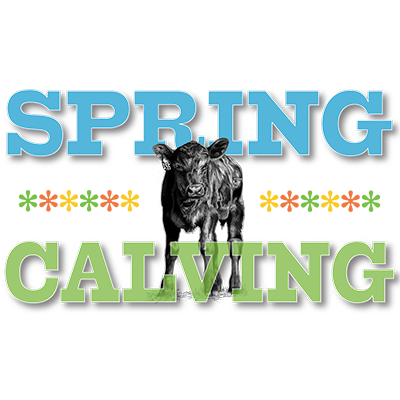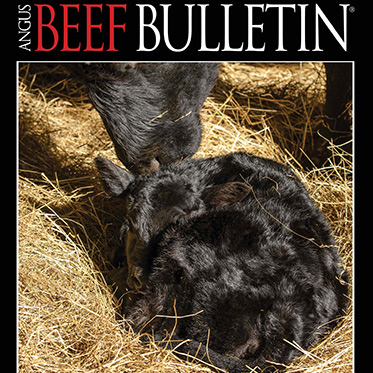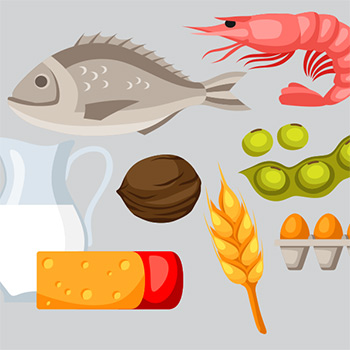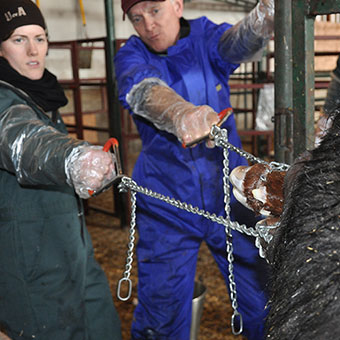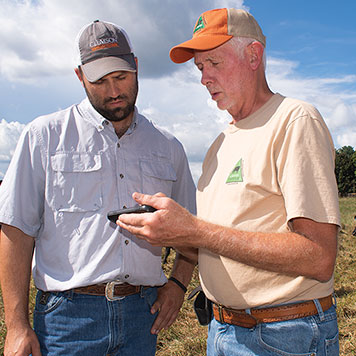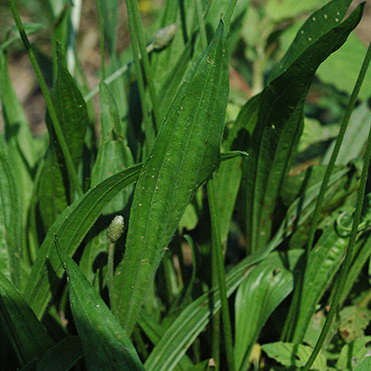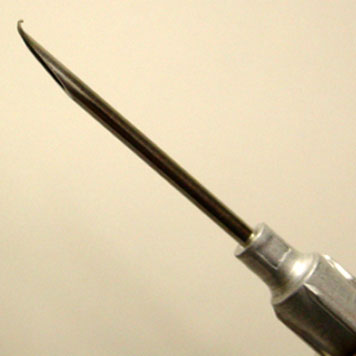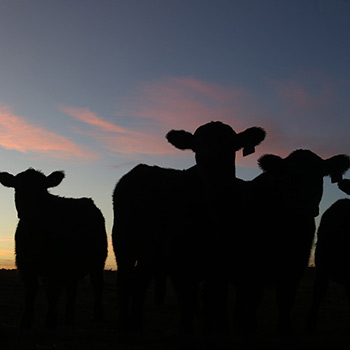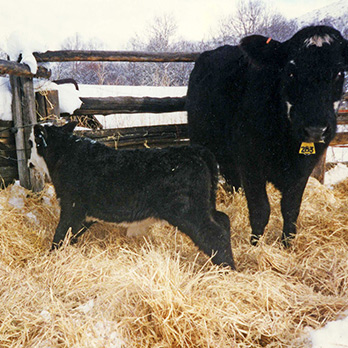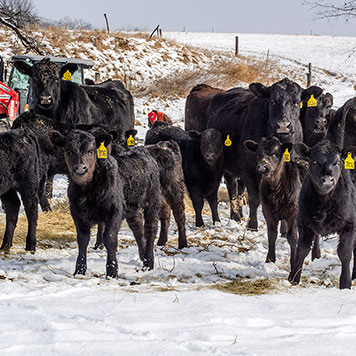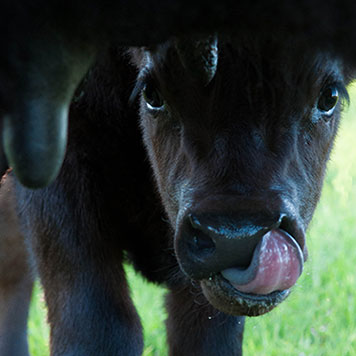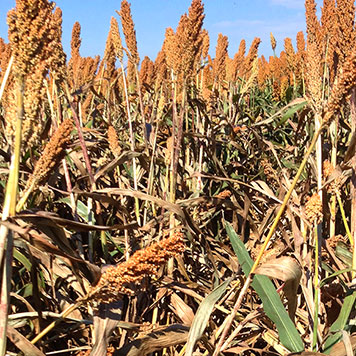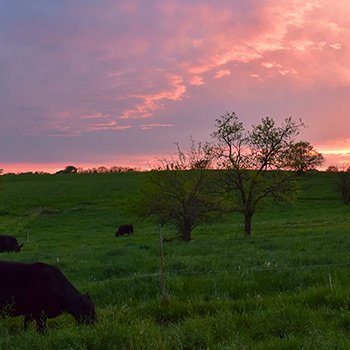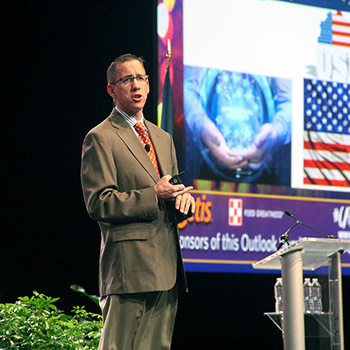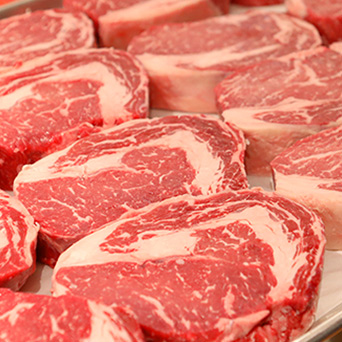
Association Perspective
Preparing for spring calving season.
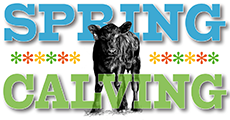
It is that time of year when calves hit the ground. Producers should familiarize themselves with the normal calving process and signs associated with each stage of calving.
The first point of birth is the presentation of the water bag and the breaking of the bag. This period can take time, depending on the age of the cow. Heifers usually take longer than older cows.
Next is the presentation of the calf. A normal presentation usually begins with the appearance of two feet and a nose. The bottom of the hoof should be pointed downward in a normal presentation; hooves with the bottoms pointed up can mean a backward position.
The presentation of the head and the front of the calf is followed closely by the tail end. More often than not, first-calf heifers will take longer than mature cows.
The final stage of the birth process is the delivery of the afterbirth, which can usually take up to 8 hours. If it takes longer than that, you should consult a veterinarian.
It is important to make sure the calf stands and nurses shortly after birth. The calf needs to get colostrum in its system soon to help with its immunity. Whether by nursing or being bottle-fed, it is crucial for the calf to receive colostrum to survive, so it can be ready to fend off disease and bacteria.
After the calf has received colostrum, make sure the calf is warm and dry. It is ideal, if possible, to calve inside to help keep calves warm. All in all, just be prepared for calves that are coming and be sure to watch your cows to provide assistance when needed.
The March 2019 Angus Beef Bulletin focuses on how to prepare for calving. Access the issue online at www.angus.org. Subscribe at www.angus.org/ABBsubscribe.
Editor’s note: Jake Troutt is the regional manager for Region 12, including Hawaii, Idaho, Oregon and Washington. Visit here to find the regional manager for your state.
